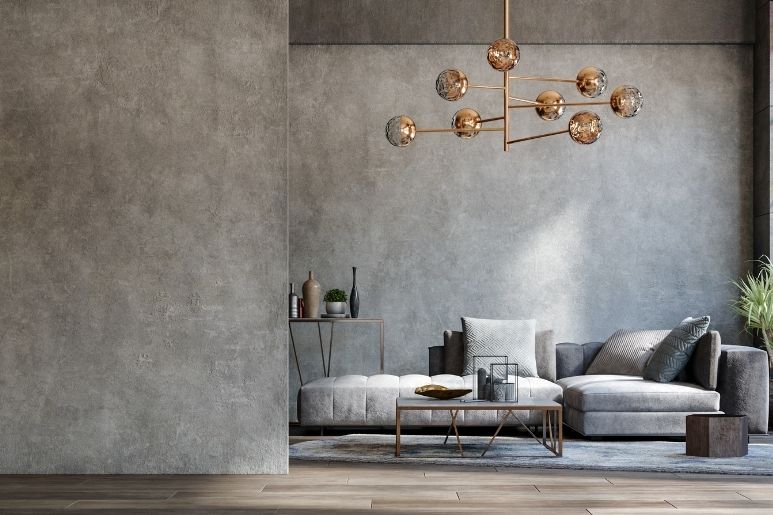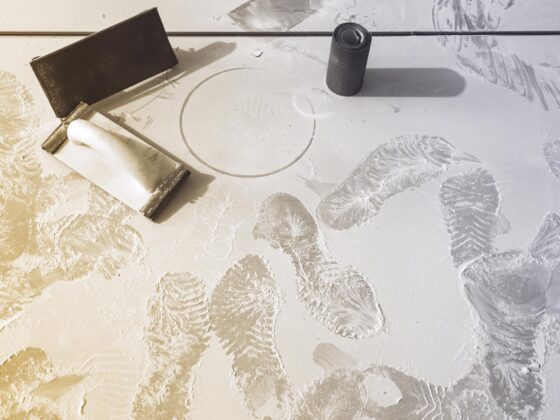The enduring appeal and adaptability of industrial walls are demonstrated by their widespread use in interior design. From their humble origins in factories and warehouses to their current status as a design staple, Smidesrum industrial walls offer a unique blend of authenticity, practicality, and aesthetic charm. As trends continue to evolve, industrial elements will likely remain a beloved feature in residential and commercial interiors, continually adapting to meet the changing tastes and needs of designers and homeowners alike.
The Attraction of Authenticity
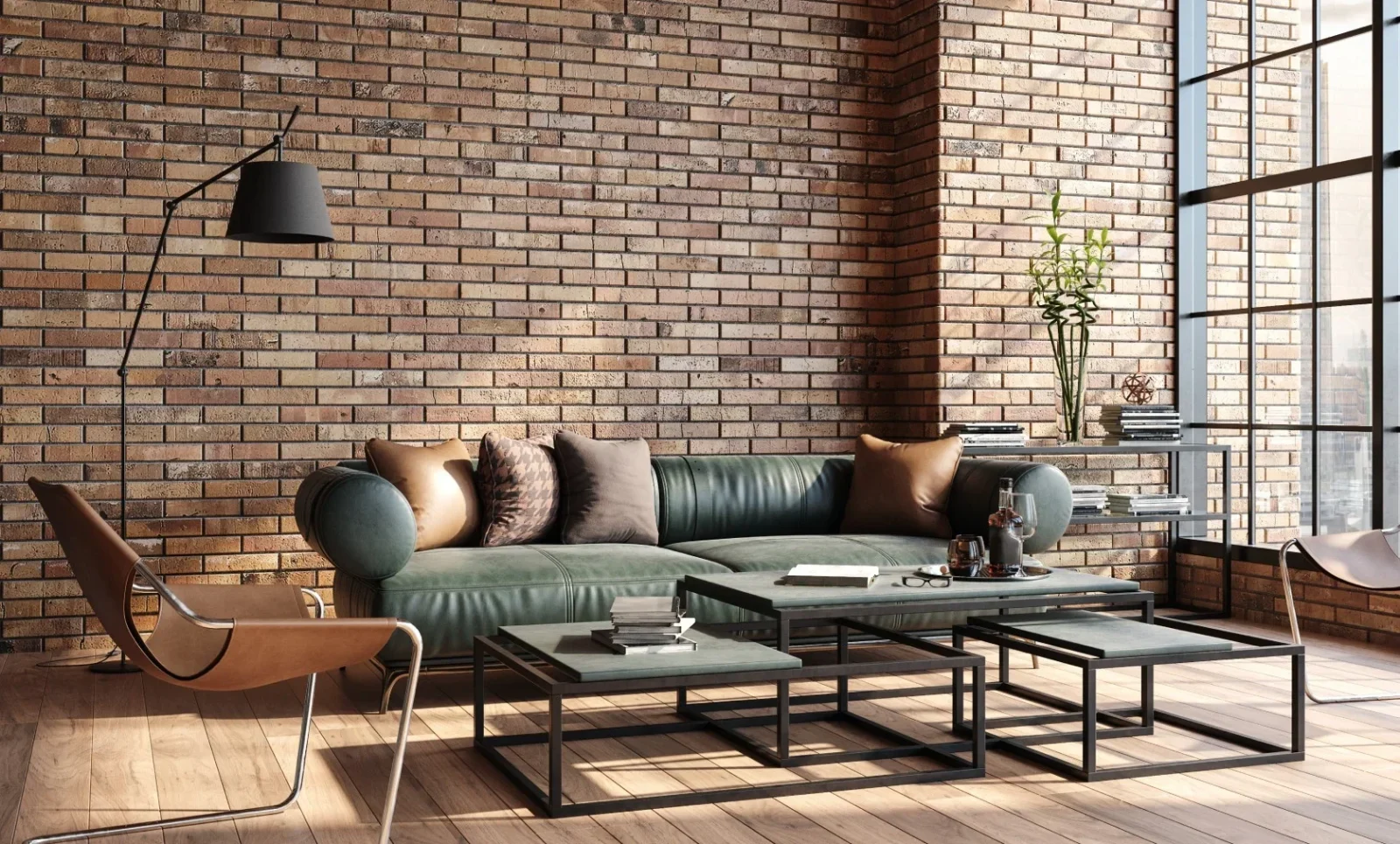
One of the reasons industrial walls became popular is their authenticity. In a world increasingly dominated by mass-produced and overly polished interiors, industrial design offers a refreshing counterpoint. Exposed brick, concrete, and steel evoke a sense of history and craftsmanship that resonates with people seeking genuine and unique living spaces. These materials tell a story, often bearing the marks of time and use, which can imbue a space with character and warmth that new, pristine materials lack.
Open-Plan Living
The rise of open-plan living has also contributed to the popularity of industrial walls. Designed for large, open industrial spaces, these walls lend themselves well to loft-style apartments and homes with expansive, flowing layouts. Exposed brick or concrete can effectively delineate areas within an open floor plan without the additional partitions or walls, maintaining a sense of spaciousness while adding texture and interest.
Sustainability and Reclamation

Industrial walls often incorporate reclaimed or recycled materials, aligning with eco-friendly principles. Using salvaged bricks, reclaimed wood, or repurposed metal reduces waste but adds a unique, bespoke element to a space. This sustainable approach appeals to environmentally conscious homeowners and designers who seek to reduce their ecological footprint while creating beautiful interiors.
Aesthetic Versatility
Industrial walls offer remarkable aesthetic versatility, making them suitable for various interior design styles. They are paired with minimalist decor to enhance a sleek, modern look or combined with eclectic furnishings for a more bohemian feel. This adaptability has made Smidesrum industrial walls a favourite among designers who appreciate the flexibility to create diverse visual narratives within a space. The neutral tones and textures of industrial materials provide a perfect canvas for adding colour, artwork, and personal touches.
Urban Influence
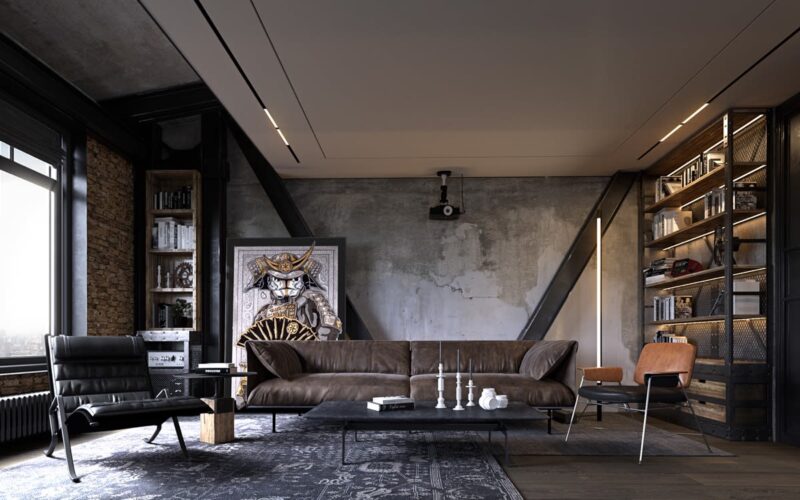
The urbanisation trend has played a significant role in popularising industrial walls. As cities expand and more people move into urban areas, the demand for housing in former industrial zones has increased. Converting old factories and warehouses into residential and commercial spaces has led to the original architectural features, including industrial walls. These elements serve as a nod to the building’s history and contribute to the overall urban chic aesthetic that has become highly desirable.
Media and Pop Culture
Media and pop culture have also helped propel industrial walls into the mainstream. Films, television shows, and magazines often showcase stylish loft apartments and chic industrial spaces, inspiring viewers to replicate these looks in their homes. The proliferation of home improvement shows and social media platforms like Instagram and Pinterest has made industrial design more accessible, providing endless inspiration and practical advice for incorporating industrial elements into residential spaces.
Practical Benefits
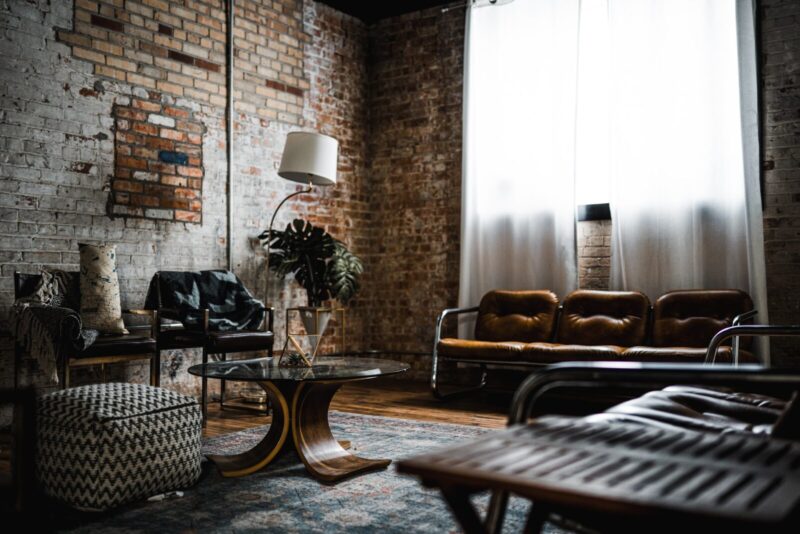
Beyond aesthetics, industrial walls offer several practical benefits to their popularity. They are durable and low-maintenance, capable of withstanding wear and tear without frequent repairs or replacements. It makes them particularly appealing for high-traffic areas and commercial spaces. Additionally, the insulating properties of materials like brick and concrete can contribute to energy efficiency, helping to regulate indoor temperatures and reduce heating and cooling costs.
Creating a Focal Point
Industrial walls can serve as a striking focal point within a room. An exposed brick wall, for example, can anchor a space and provide a backdrop for other design elements. It can be particularly effective in rooms that might otherwise lack architectural interest. By drawing attention to the wall, designers can create a sense of depth and dimension, enhancing the room.
